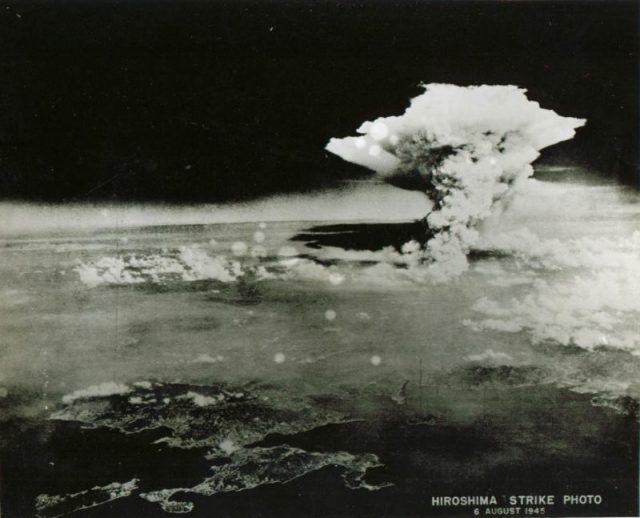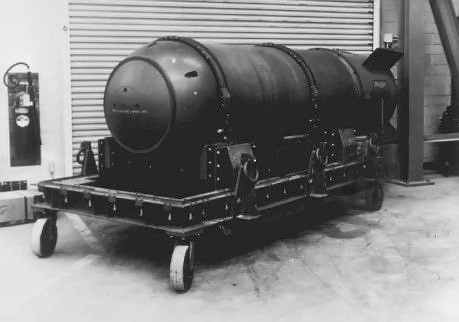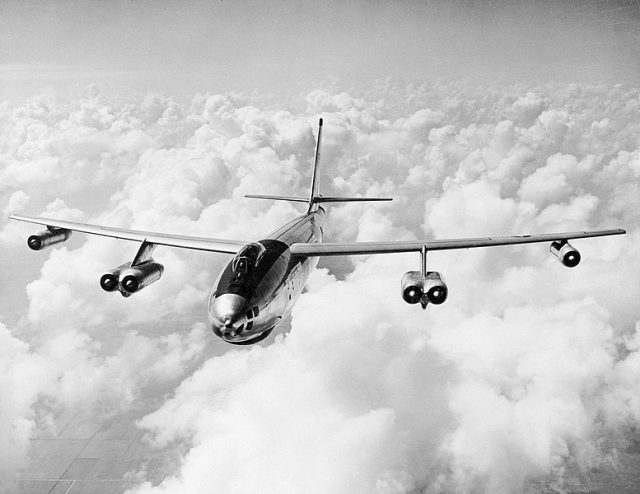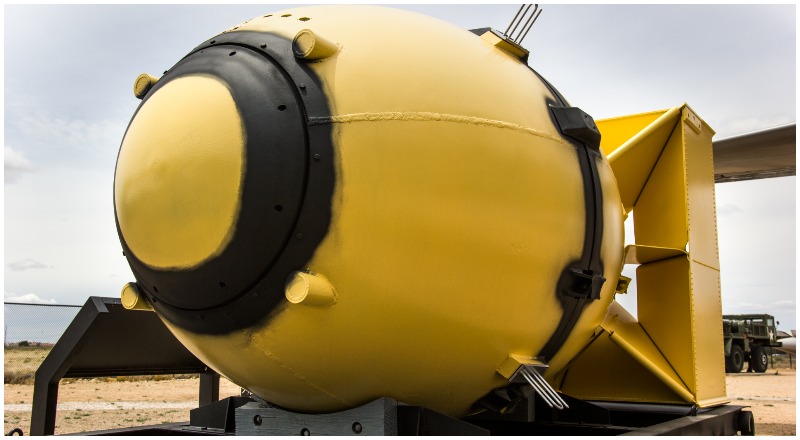When researching the most devastating weapons in the world, no one could blame you for feeling a little overwhelmed.
The first nuclear weapon used in a war was dubbed “Little Boy” by the U.S. Government and was deployed on August 6, 1945.
Since that date, humanity has basically turned into a Willy Wonka factory for different types of nuclear weapons, with countless iterations and improvements appearing over time. As with any project during the Cold War, the titanic governments of the Soviet Union and the United States were in a race for supremacy.

The problem with being in a rush to innovate and supply a massive standing military body such as the United States Army is that there are countless opportunities for mistakes to be made or things to go wrong.
Sadly, even the most devastating weapons in the world aren’t exempt from incompetence or accidents.
The Mk15 bomb, according to The Nuclear Weapon Archive, was a 7600-pound bomb with interchangeable, removable payloads. It was retired in 1965. One of the main benefits of the Mk15 was that the payload could be taken out of the casing, making it into a training munition.

When the payload, generally a 3.8 megaton nuclear munition, was removed, the Mk15 was essentially a large conventional explosive.
This is one of the reasons it was such a popular training munition — because it allowed a pilot to carry a nuclear bomb casing without the fear of causing the awe-inspiring damage of a thermonuclear blast.
The Mk15 was carried by the B-47 Bomber, the mainline bomber for the United States until 1969. This bomber was created by Boeing, which had been spitballing ideas for jet-based bombers in 1943, but couldn’t figure out a way to utilize the power of the jet engines fully while using a straight wing design.

In 1945, however, there was a breakthrough in German engineering that a Boeing aerodynamicist discovered at a secret German aeronautics laboratory.
Boeing explains that George Schairer was on a research trip in Germany near the end of World War II when he saw information on swept-wing jets and shared the information with Boeing.
This allowed the engineers at Boeing to use the engines to their full extent and to create a groundbreaking plane in the form of the B-47.

This was the plane that carried the Mk15, and this type of plane has the dubious honor of being involved in the loss of one off the coast of Savannah, Georgia in 1958. During a training flight off the East coast, a B-47 and an F-86 fighter plane had a mid-air collision during a simulated combat scenario.
In the accident, the fighter was destroyed, and the bomber was left with a damaged fuel tank and engine.
In an article on the accident, Jalopnik states that the bomber couldn’t successfully land with the bomb on board, so they dropped it into the ocean. An important part of the story, though, is that the Mk15 that was dropped off the coast of Georgia was in training configuration.
This means there was no nuclear material on board and thus it was the same as dropping a conventional explosive. So, you probably shouldn’t worry too much, because the United States Air Force basically just lost a large bundle of TNT. That means Georgia hopefully won’t become an irradiated wasteland any time soon.
